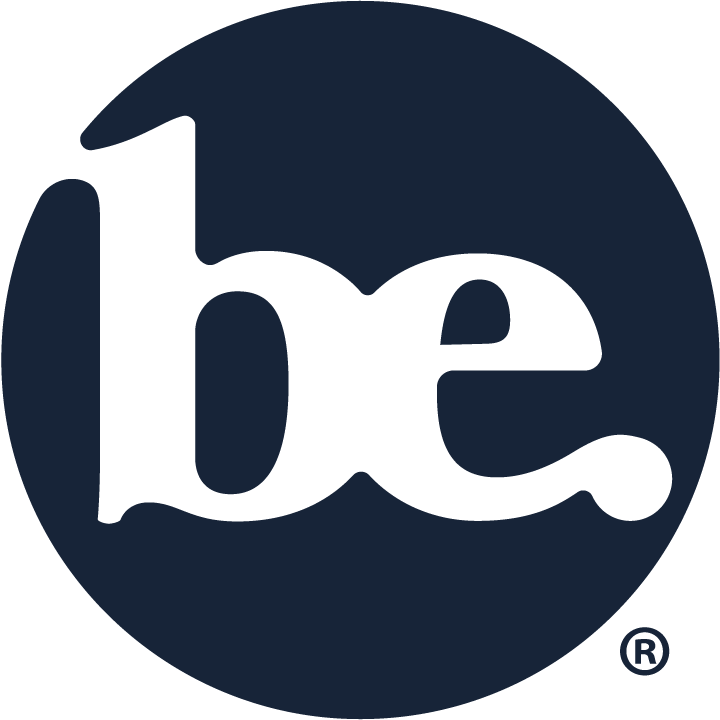Inflation Reduction Act rebates ramping up for fall
Passed in August 2022, the federal Inflation Reduction Act (IRA) aims to address a raft of critical climate change and energy issues through substantial rebates to homeowners and businesses making energy upgrades
Though this is a federal program, states will administer the funds, and must apply for the grants through the U.S. Department of Energy (DOE). State applications are due by Jan. 31, 2025.
As of September 10, 2024, 14 states have received funding to start IRA programs: Arizona, California, Colorado, Hawaii, Indiana, Maine, Michigan, Minnesota, New Hampshire, New Mexico, New York, Rhode Island, Washington, and Wisconsin.
This gradual rollout allows state governments to design and implement effective programs tailored to local needs and circumstances. Check with your local energy authority for more information.
No state has indicated they do not intend to apply, a senior DOE official said. If a state does not apply, its funding will be reallocated to other states, according to program guidance.
Among its various provisions, the IRA offers a range of rebates designed to alleviate costs for consumers and encourage more sustainable practices. Eligible projects include improvements like installing new insulation, heat pump upgrades and adoption of Energy Star appliances.
Its two main initiatives - the Home Efficiency Rebates program and the Home Electrification and Appliance Rebates (HEAR) program - provide rebates of up to $14,000 to stimulate the adoption of energy-efficient technologies and reduce household energy consumption
The Home Efficiency Rebate credits can cover up to 30% of the cost to install high-efficiency HVAC systems, insulation and windows. In addition to home improvement credits, the IRA provides rebates for home energy audits to assess a home's energy use and identify potential improvements.
Consumers who buy qualifying new or used Electric Vehicles (EVs) can benefit from tax credits of up to $7,500 for new vehicles and $4,000 for used ones.
The HEAR program is only available to low and middle-income homeowners with incomes 80% or below the area median. Eligible households can offset 100% of costs up to $24,000 to upgrade inflation, electric equipment, water heaters and heat pumps. Visit the U.S. Department of Housing and Urban Development (HUD) website to see limits in your area.
One notable feature of the rebate program is its potential to "stack" with existing clean energy tax credits. Homeowners leverage both rebates and tax credits it could open opportunities for a wider range of homeowners, including low, middle, and high-income families.
A recent private analysis showed low earners may get more than $22,000 in potential support. Middle-income households can get up to about $19,000, and higher earners can get back around $7,200.
The rebates are designed to be delivered at the point of sale – either by retailers or contractors, but the specific availability and implementation timeline will vary.
